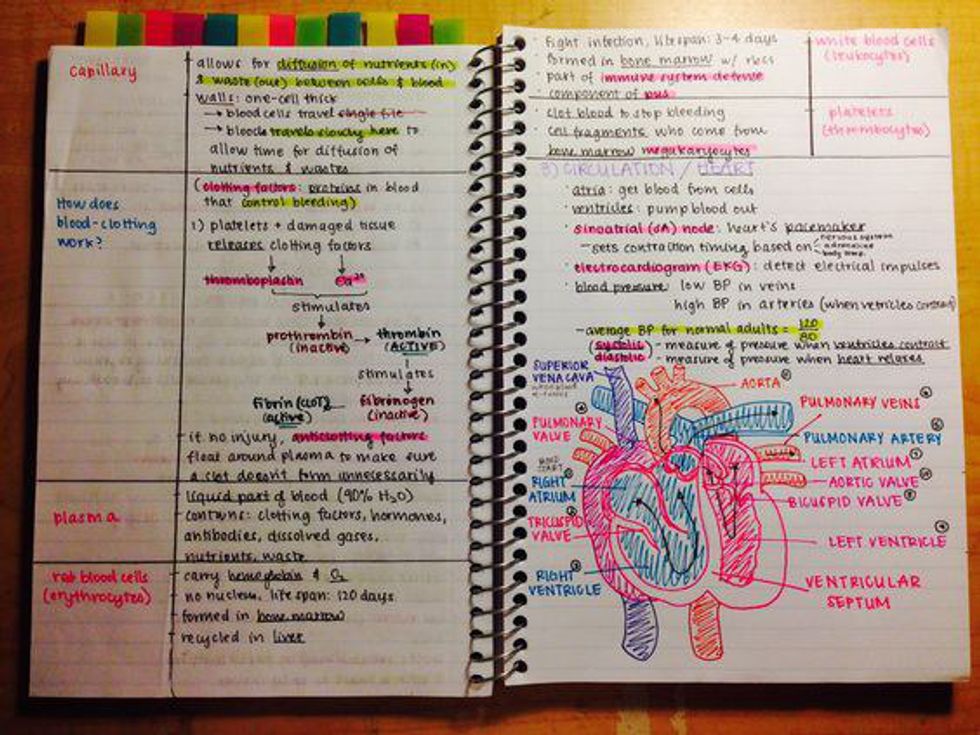"Our greatest responsibility is to be good ancestors."
-Dr. Jonas E. Salk, on announcing the polio vaccine, April 12, 1955
October 24 marks the day known as World Polio Day. Some of you may wonder why we are still concerned with polio. Isn't polio irrelevant now? Why bring attention to this disease? Wasn't polio eradicated when the vaccine came out? Before everyone starts running for the hills, let me just say that you're safe. Unless you live in Pakistan or Afghanistan. Or you're not vaccinated.
In fact, there's good news on this World Polio Day, because according to unicef, there's fewer children than ever with polio. Let me throw some numbers at you from this past year. In 2014, there were 242 cases of wild polio virus globally, compared to just 51 cases this year. Let's further compare this to the 350,000 cases during the 1950s. We've come a long way, but there's still further to go. Rotary and UNICEF, along with other organizations like the World Health Organization and Global Benefits Group have made it their mission to totally eradicate polio within the next couple years, and officially make polio a disease of the past.
Many of us are fortunate enough to be born in a generation that didn't see the suffering and loss that polio caused in so many children and adults. Many may not have even realized the impact that polio had on humanity in the 20th century. For those who may be curious about the details of poliovirus, here's a crash course:
Polio 101
Poliomyelitis, also known as infantile paralysis because it affects so many children, is a disease that spreads through contaminated water, food, and poor hygiene; and is highly contagious. The disease is contracted by the poliovirus, which can cause paralysis and death. Once contracted, polio can't be cured, although treatment can help. One type of treatment that was used was called the "iron lung." Because polio caused paralysis in the breathing muscles of some children, these children would be placed in machines that would essentially breath for them.
One famous case of polio was Franklin D. Roosevelt, who contracted the disease at the age of 39 and was confined to a wheelchair for the rest of his life. Roosevelt started a non-profit known as the National Institute for Infantile Paralysis, now known as March of Dimes, as a research effort to fight the polio disease. (March of Dimes is now known for supporting and promoting prenatal health, as polio has almost completely fizzled out.)
Fast forward to 1955, and we have a vaccine! Dr. Jonas Salk developed and started testing vaccines in the early 1950s. His trials of the vaccine were tested nationwide on 1.8 million children (including in La Crosse), and after the success of these vaccines, they became available in 1955. Dr. Albert Sabin, medical researcher, also developed a vaccine available in the 1960s that could be taken orally. By 1979, polio was completely eradicated in the United States.
Now only two countries remain with reported cases of the wild poliovirus. Until last month, this number was three countries. But now Nigeria is officially off the endemic polio list. The countries that remain are Afghanistan and Pakistan, and looking at the stats, it won't be long until these countries are off the list too.
So on this World Polio Day, let's celebrate how far we've come with public health and vaccines; but let's also remember that we haven't reached the finish line yet. When every child is vaccinated and polio becomes another history lesson, we'll know we've made it.














































